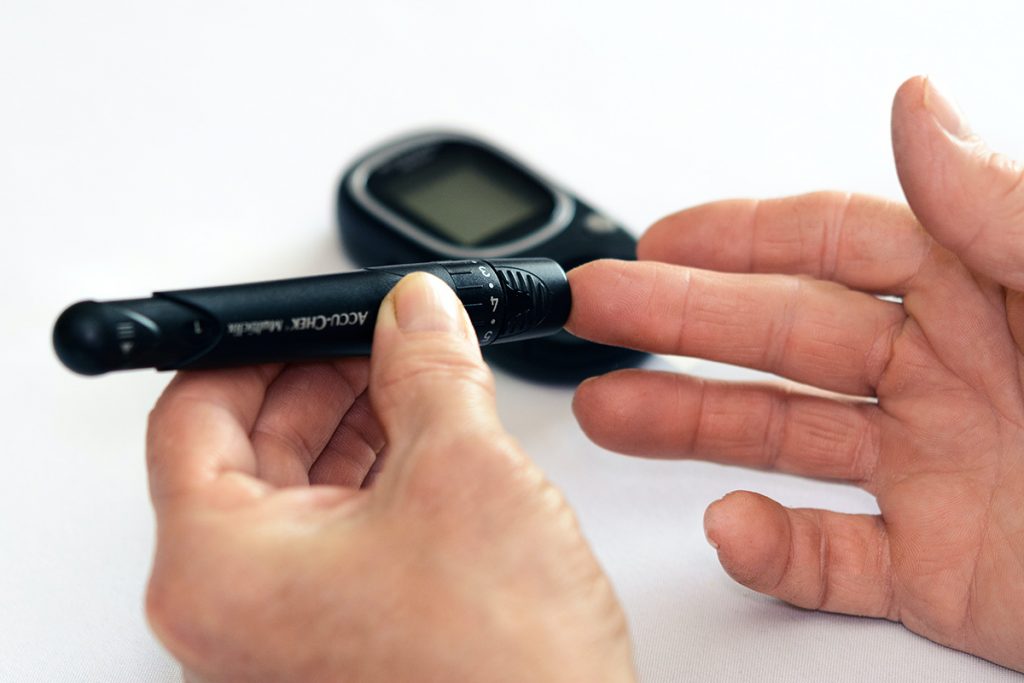Good health and wellness have often been the most sought-after descriptive catchwords, but being able to apply them to everyone regardless of their geographic location or socioeconomic status hasn’t been a possibility up until recently. Traditional methods for screening or even seeing a doctor in general can be cumbersome, costly, and inaccessible to many stratums of society.
Fortunately, technology has all the capabilities to change that by making preventative healthcare more penetrative. Our role in this is to help get it to the end user. To do this, we familiarise ourselves with the ‘Phygital’ model: the combination of physical consultations with online consultations, for the most efficient care (i.e. first consultation online, then a physical consultation, then an online follow up appointment). This model is well-positioned to transform the way healthcare service is delivered and has already revolutionised the patient journey.
‘Phygital’ = Physical + Digital
As mentioned before, ‘Phygital’ is the blending of the physical reality (mechanical, electrical, biological, and chemical innovations); and digital technology (The Internet of Things [IoT], Artificial Intelligence [AI], big data analytics, and smart wearables).
In healthcare, patients expect more trust, empathy, and care. ‘Phygital’ experiences are the leading way to respond to those desires by creating a better, smarter, and more personalised patient journey. Just as retail buyers often shop online and buy in person when considering a purchase, today’s patients typically look online for information to help formulate their treatment options and proceed by validating their decision in a doctor’s office. By simply moving that final step to an online platform, the receiving of care has immediately become more accessible and efficient.
Dimensions of change
We began to see the emergence of the ‘Phygital’ trend at the start of Covid-19, when businesses that had been brewing transformation to be introduced in the future had to scale up their strategies in a matter of weeks to ensure their survival. We quickly began to see ‘Phygital’ models become incorporated. For instance, retail markets would have you digitally shop online, and then you would physically pick up your order at curbside pickup.
Like the impact the pandemic had on other industries, it also altered the tone for the digestion of healthcare. It has increased the primacy of not only good health and wellness but also preventative care, coining the phrase ‘prevention is better than cure’. Even though it is well known that innovation is a driving force behind the evolution of healthcare markets, historically the industry has been one of the lowest spenders on digital adoption because they never knew how the end-user would welcome it. Their continued reluctancy towards business model changes made for a surprising addition when they revitalised the industry and became a frontier for ‘Phygital’ adoption.
The target
During the pandemic, the lack of access to in-person healthcare was a burden to practically everyone, but before the pandemic there was still the same issue. Millions of patients living in healthcare deserts couldn’t receive any healthcare services due to the time and money it took to get to get to a clinic. The ‘Phygital’ modality has harboured the possibility for both urban patients and the so considered ‘unreachable’ patients to access top doctors and receive quality care.
The care implications
With online booking, appointment reminders, remote monitoring, and electronic medical records, technology driven kiosks can eliminate queues and unnecessary travel. With this, patients save time and money that would’ve been spent commuting and they are also able to get up to date information for all their health needs. It places doctors in a position to better manage their patients, ultimately resulting in the distribution of top-quality care — more time and less paperwork means more focus to give quality care. Doctors are also financially and physically liberated: they are no longer burdened with rushing from the hospital to their practice and vice versa, and they can decrease operational costs by halting the investments into their practice’s infrastructure.

The convenience of this model is attractive but more importantly, it can be lifesaving. With regular health screenings through zero assistance portables, virtual consultations, and automatic follow ups having the means to become a part of everyday life, we will be able to avoid future health problems and catch them early when they do arise so that they are easier to treat. By optimising the reach and accessibility of care there will be a greater choice of therapy and digital monitoring that will change chronic care.
Governments around the world are increasingly promoting the use of preventative healthcare as the first step in a quality healthcare infrastructure. This improves health for everyone, everywhere by accelerating the development and adoption of appropriate, accessible, affordable, scalable, and sustainable person centric digital health solutions. By developing applications that enable countries to prevent, detect and respond to all kinds of health care, we will be able to promote a more practical continuum of care.
Regardless of their age, location, and background, patients should be able to easily access quality healthcare services, and now they have a chance to. The ‘Phygital’ model further bridges remoteness by creating equilibrium with physical care. It’s low cost, rapid delivery, quality, and improved patient outcomes gives a transparent picture of holistic health and is the basis of what inspires more and more healthcare organisations to go ‘Phygital’. Although this model may have been a response to the COVID-19 pandemic and was introduced in an already revolutionised digital health era, this model can further accelerate care and we will continue to reap its benefits beyond speculation post-pandemic.








Join the discussion